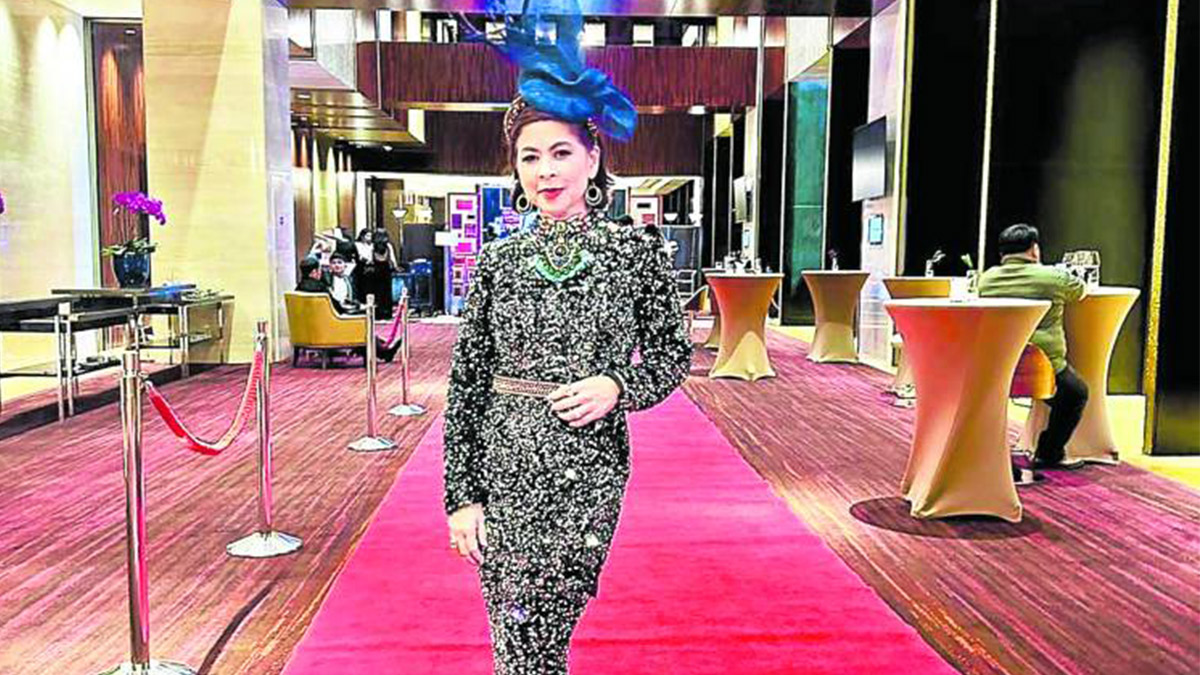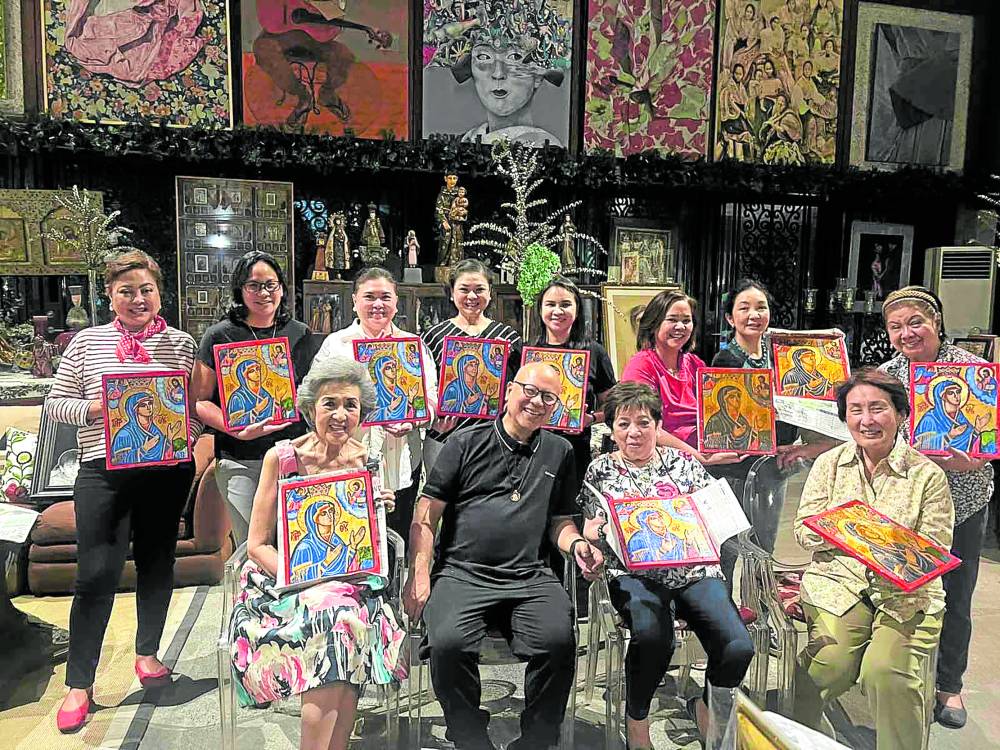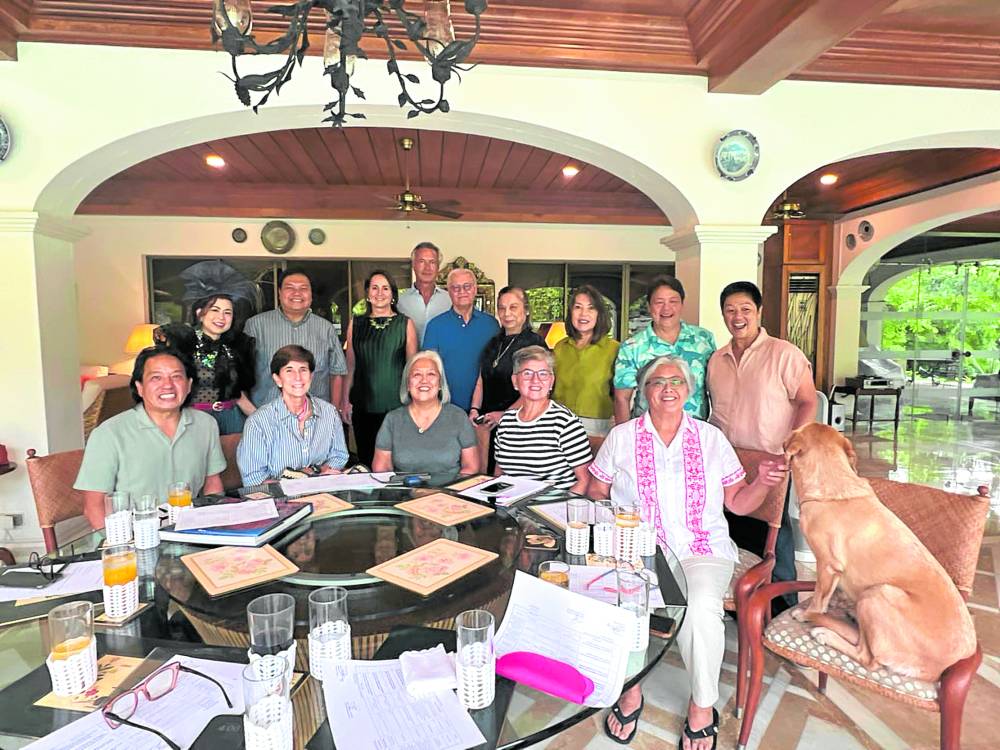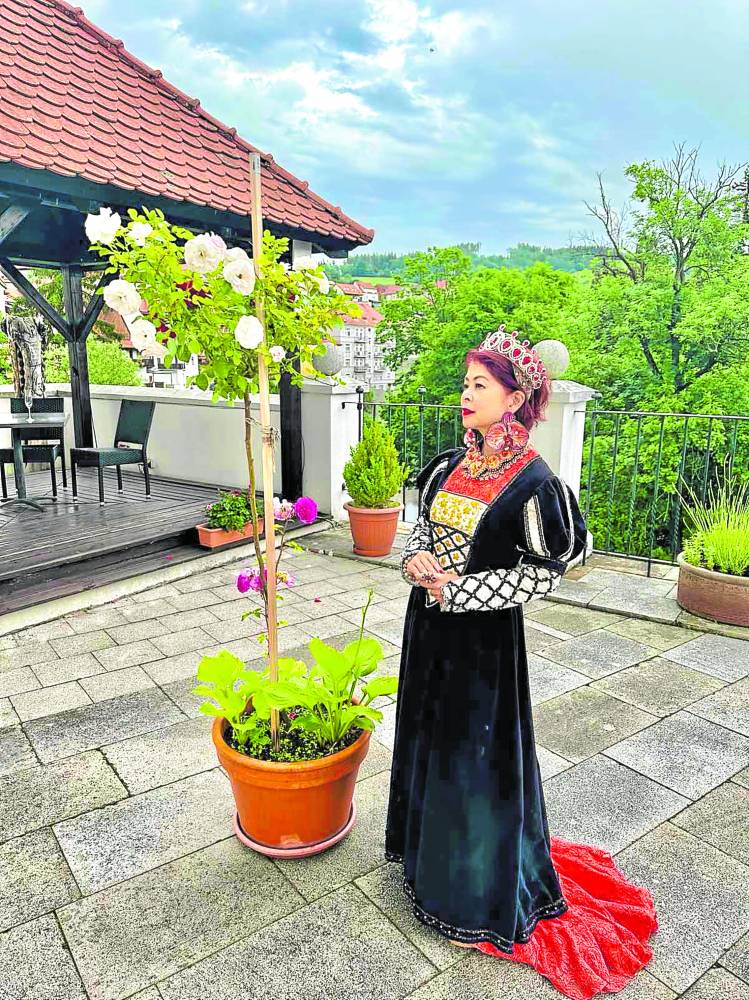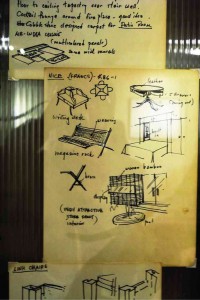
On view at De La Salle University (DLSU) Museum is “Art and Space: A Collection of Design Concepts by Wili Fernandez,” which runs till Aug. 16.
The exhibition commemorates the 15th death anniversary of Fernandez, who bequeathed his art collection to DLSU.
The showcase highlights the underrated contribution of one of the brightest design pioneers in the country, a select group that included architect Leandro Locsin, landscape architect Dolly Perez, and architecture scholar Fr. Bobby Perez, OSB.
Although trained as an architect, Wili Fernandez made his mark in the then nascent profession of interior design.
His prodigious practice from the 1960s to the early 1990s greatly influenced the direction of Philippine interior design, leaving behind an unparalleled legacy.
Interior design was in its infancy when Fernandez established his firm, which set the standards for the professional practice.
Fernandez was deeply committed to the advancement of the interior-design profession. He was among the founders of Philippine Institute of Interior Design and served two terms as its president; he laid the groundwork for the setting of regulatory practices for the profession.
Drawings and renderings
The exhibition features well-preserved drawings and renderings by Fernandez and his firm, large hand-drafted conceptual perspectives of his architecture and interior-design projects which are carefully and realistically watercolor only.
If just to marvel at the lost artistry and skill of architectural rendering now overtaken by computer-aided drafting, the drawings and perspectives at the exhibition are worth seeing.
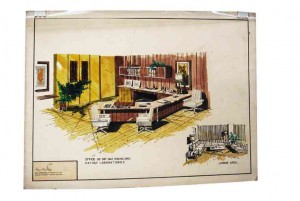
Most interesting and illustrative of Fernandez’s creative process are the sketchbooks and papers with pencil sketches showing the development of his design concepts, accompanied by pages of explanatory, handwritten notes.
The material on exhibit reminds of an era when craftsmanship was highly valued, where furniture design was one of a kind, and interior environments were conceived and tailor-fitted to each client’s particular lifestyle.
In his day, mass furniture production was not available. Each piece of furniture was specially designed and handcrafted.
It was an era of handmade, bespoke furniture executed from the best Philippine hardwood, upholstered with handwoven fabric, and built with the highest craftsmanship available.
Those pieces of furniture today are unappreciated, routinely thrown out by their owners who are unaware that those unwanted pieces are now prized and coveted by collectors.
Visionary, nationalist
Fernandez was a design visionary, a nationalist.
He was among the first to search for and come to terms with that elusive “Filipino soul.” He pioneered in researching traditional Filipino forms and colors, vigorously reinterpreting them in his designs.
A recurring theme with Fernandez was the Maranao aesthetic.
“Incorporating its design sense and form, absorbing the rich and royal colors such as purple and magenta. Fernandez wielded a painter’s palette, mixing colors that, by turns, startle the eye and soothe the senses,” writes critic Cid Reyes.
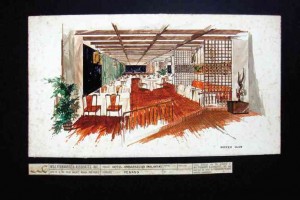
Fernandez’s aesthetic was decidedly Filipino, never Western, despite his close familiarity with European and American design trends and approaches. His work was a true blend of East and West. And for having achieved that blend, he deserves closer study by today’s generation of designers.
Bon vivant
His interests extended beyond architecture and interior design.
Reyes continues: “He was attentive to every piece of furnishing and obsessed over each object: chairs, beds, dining and office tables, cabinets, lamps, chandeliers, even shoe racks, and, for hotels, even menus and greeting cards.”
There were many facets to Fernandez. A recognized bon vivant, he lived the good life. He and his wife Doreen collaborated on a food column in which “he ate and she wrote…” And from their collaboration, Doreen went on to write the most insightful and definitive essays on the place of cuisine as an identifying factor that establishes the uniqueness of Filipino culture.
Doreen Fernandez blazed trails. “…Let it not be forgot, not the least of Wili Fernandez’s achievements was launching the writing career of his equally legendary wife, Doreen Gamboa Fernandez, whose name is now eternally writ, not in water, but in sinigang soup.”
Wili Fernandez was a leader, a sophisticated designer who championed Filipino nationalism, a quality that led to international notice of his talent, evidenced by many commissions in the Southeast Asian region, including the prestigious Philippine Center on Fifth Avenue in New York.
His pioneering work led to the establishment of interior design as an accredited profession, opening the field for succeeding generations of interior designers.
Students of architecture, interior design, industrial design and fine arts should come to the exhibition to see how forward-thinking and nationalistic Wili Fernandez was, and how our current generation of design professionals should be as forward-thinking and nationalistic as he was.
For more information on the exhibition, contact the DLSU Museum, tel. 5244611 ext. 368; visit themuseum.dlsu.edu.ph.
Comments and feedback are welcome at [email protected]













